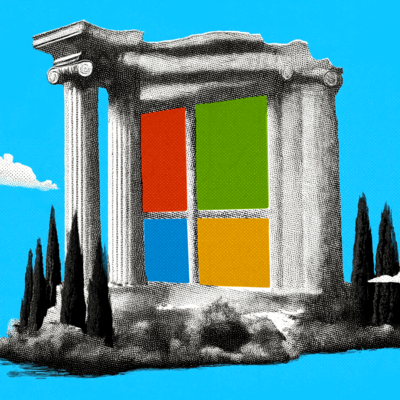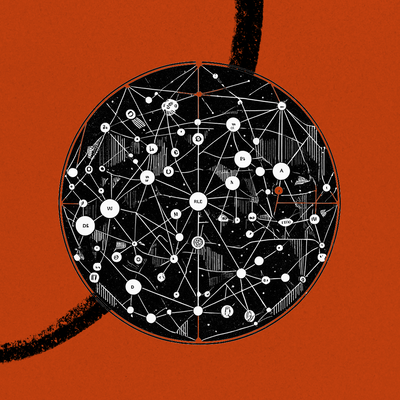
Learn to Build with ChatGPT
Want to learn to use ChatGPT to bring your ideas to life?
We just re-launched our How To Build a GPT-4 Chatbot course—designed to do exactly that.
It's an online cohort-based course that will teach you how to make your own GPT-4 based knowledge assistant in less than 30 days. Early-birds save $500 before November 6th! No programming experience required.
“It is absurd that I could achieve what I did in four weeks!” — Henry F.
Learn to build in AI:
Chat—and ChatGPT—kicked off the current AI wave. OpenAI took existing technology, wrapped it in a chat interface, and set the world on fire.
But there are a lot of questions about chat’s future: is it actually a useful creative tool? Or is chat just a way-station on the road to some other way of interacting with AI to produce creative work?
Here’s what I think:
Chat isn’t great at making one thing incredible.
It’s inexact, it’s unreliable, it’s hard to steer precisely, it’s slow, and it forces repetition. Many next-generation AI creative tools won’t have a chat interface at all.
But, viewed correctly, these flaws are chat’s genius. It is inexact and unreliable—so it introduces you to new things. It is hard to steer precisely—so you’ll bump into things that you don’t expect and broaden your horizons in any new domain. It is great at filling a blank page; it will allow you to venture forth into ideas that you can barely put into words.
Chat can help you scratch the surface of an entirely new field of study, or build you a working prototype of a simple app, or help you test 15 variations of an idea you’re trying to write about.
No, chat isn’t great at making one thing incredible. It’s incredible at making 1,000 things. And therein lies its genius.
Divergence vs. convergence in the creative process
Any kind of creative endeavor has two phases: divergence and convergence.
In divergence, you’re opening yourself up to new ideas and possibilities. You’re gathering inspiring material, scribbling furiously on napkins, and generally letting your mind roam free.
In convergence, you’re narrowing things down. You’re tweaking and refining. You’re choosing exactly the right word. You’re getting the saturation exactly right on a photo. You’re making sure everything is pixel-perfect; your I’s are dotted and your T’s are crossed.
Divergence and convergence, together, are breathing for the creative act. You are constantly breathing in new things and breathing out refinements. If you zoom out, the beginnings of projects are divergent and the ends convergent. But it’s fractal: if you zoom in, within any feature or facet, sentence or stanza, the same thing happens. Ideas flow, and then they are narrowed down.
Breathe in; breathe out.
Most creative tools are built for convergence. Illustrator, Figma, Final Cut, Google Docs, Excel—these are all tools that are built for refining a rough draft into a perfect final output. They have sliders, filters, and formatting options galore. Their interfaces are built for precision, for pixel-perfection. They never do anything unexpected.
ChatGPT is different—it is built for divergence.
The Only Subscription
You Need to
Stay at the
Edge of AI
The essential toolkit for those shaping the future
"This might be the best value you
can get from an AI subscription."
- Jay S.
Join 100,000+ leaders, builders, and innovators

Email address
Already have an account? Sign in
What is included in a subscription?
Daily insights from AI pioneers + early access to powerful AI tools










Comments
Don't have an account? Sign up!
Dan, you might want to keep an eye on replit, it feels like it’s fraying on the edges. Check the reddit sub, ask your students if they are having issues. My own deployment is stalled with a false “over limit” status that the incredibly slow , “5 days to respond with wrong answers “ support can’t explain. Just sayan.
@fkurka thanks for the call-out! i'll take a look. i've definitely experienced issues with deploying in the past—but they'd been resolved for me afaic. will look into it!
Great insights. I have seen this play out with HR professionals all year - where they begin to understand how to use the tool effectively. Would love to know your thoughts on how we prepare people to interact with the new "digital colleague" that is going to show up in meetings, emails, Slack channels, etc.